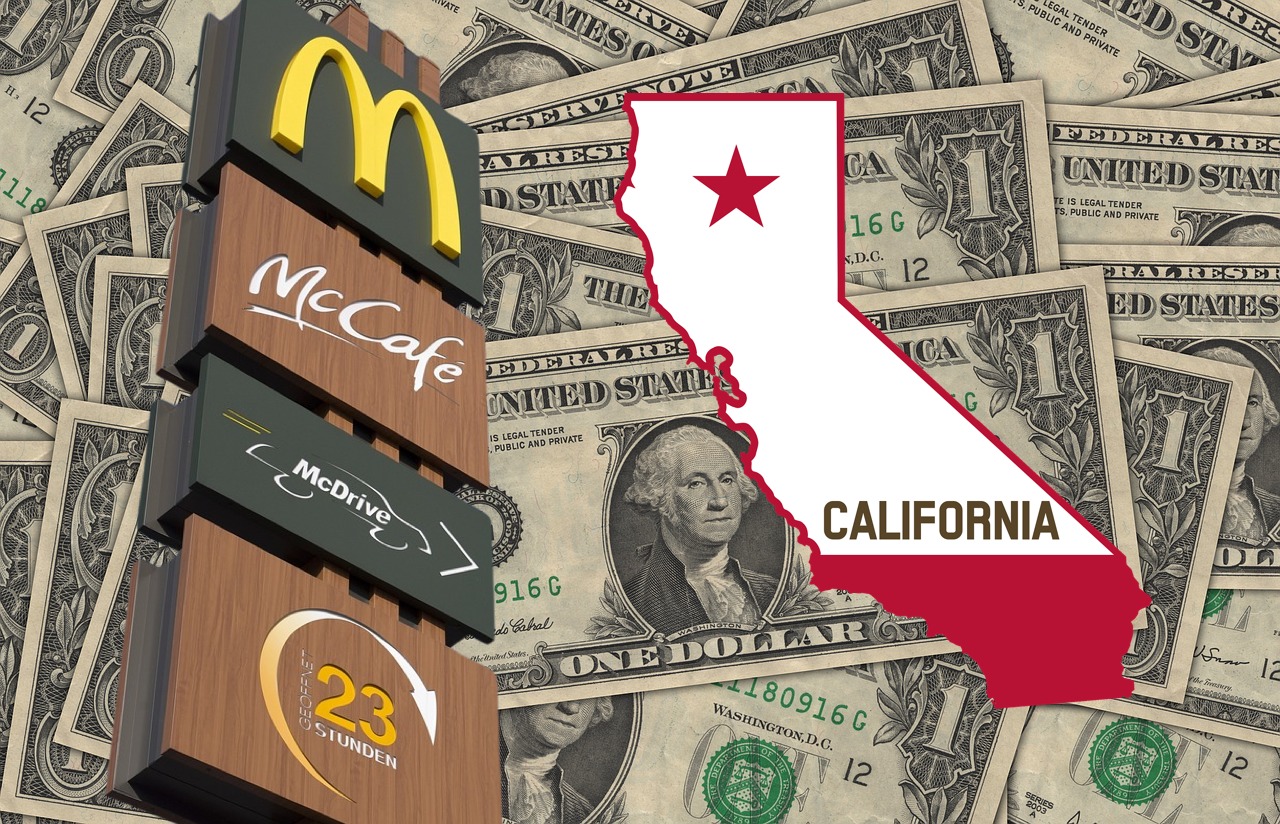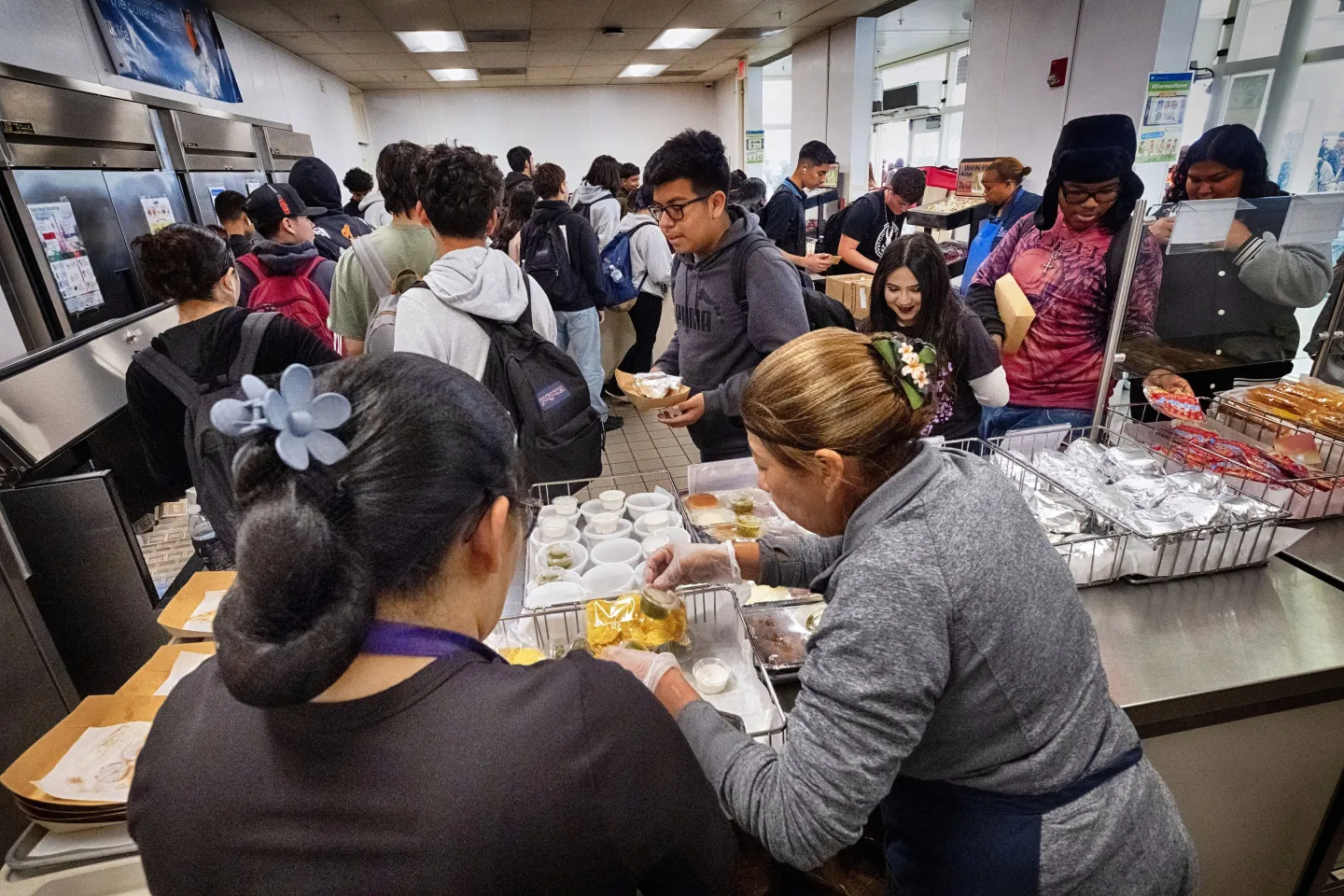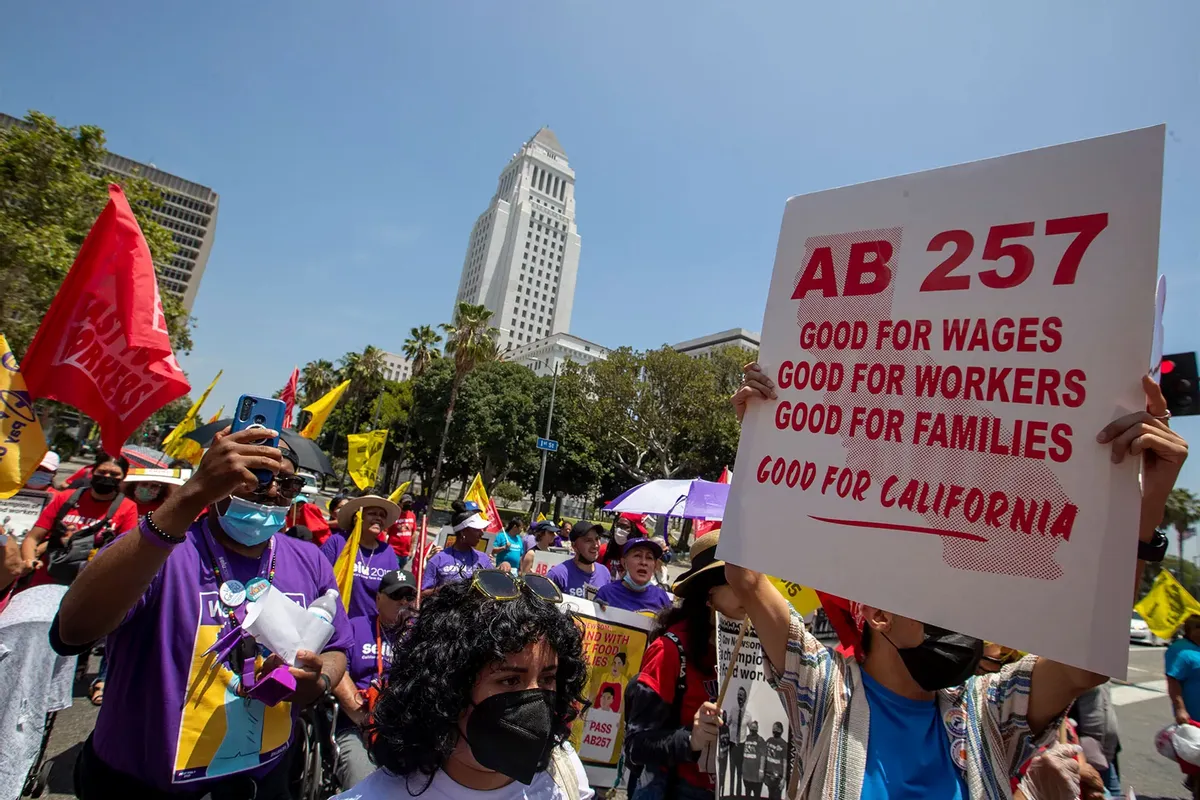In the economic landscape, a principle as old as trade itself posits that the rising costs of goods or services tend to decrease their demand. Recently, California has become a real-time case study for this principle, especially concerning labor markets.
Last year, Governor Gavin Newsom championed a legislative triumph that significantly raised the minimum wage for fast-food workers to $20 per hour in establishments with over 60 locations nationwide. At the signing, Newsom expressed his commitment to improving the lives of over 500,000 fast-food workers in the state, aiming for “fairer wages, safer and healthier working conditions, and better training” as well as empowering these workers with “a stronger voice and seat at the table.”
However, the aftermath of this wage increase paints a starkly different picture, one that includes rising unemployment rates among these very workers it intended to help.

The Unintended Consequences of Wage Increases
Shortly after the wage hike, the fast-food industry began showing signs of strain. Rubio’s Coastal Grill, a known name in the fast-food sector, declared bankruptcy and closed nearly four dozen locations across California, attributing part of their financial woes to the increased minimum wage. Similarly, major Pizza Hut franchisees and a Burger King operator announced significant job cuts and a shift towards automation, like self-ordering kiosks and automated salsa-making at El Pollo Loco.
An April analysis by the Hoover Institution highlighted the broader impact, noting that restaurants had slashed approximately 9,500 jobs in anticipation of the new wage law. These figures only represent the tip of the iceberg as more job losses were reported following the full implementation of the wage increase.
In addition to job cuts, the price of fast food has surged — with brands like Wendy’s, Chipotle, and Taco Bell marking up their prices significantly. This scenario underscores a painful reality for both business owners and consumers alike, grappling with the balance between fair wages and sustainable business practices.

A Broader Economic Downturn
California’s broader economic environment further complicates the narrative. Despite its vast natural resources and a booming tech industry, the state currently leads the nation with a 5.3 percent unemployment rate, a noticeable increase from the 4.7 percent recorded just before the new wage laws were enacted.
This trend is not isolated to the fast-food industry but is indicative of a more extensive economic malaise fueled by an oppressive regulatory and tax framework that makes California a challenging place for business. In stark contrast, states like Florida enjoy a much lower unemployment rate of 3.3 percent, thanks in part to a more business-friendly climate.

Looking Ahead: The Future of California’s Labor Market
As California braces for another potential minimum wage increase, this time targeting a broader range of workers, the outcomes of the current policy offer valuable lessons. With overwhelming support for the upcoming ballot initiative to raise the minimum wage to $18 per hour for other sectors, the state might be poised to welcome not just higher wages but also higher unemployment and greater automation.
The situation unfolding in California serves as a critical case study for policymakers and business leaders alike, illustrating the delicate balance required in wage policies to avoid economic backfires that hurt those they aim to help. As the state navigates these challenging economic waters, only time will tell if the shift towards automation becomes the new norm in response to rising labor costs.










